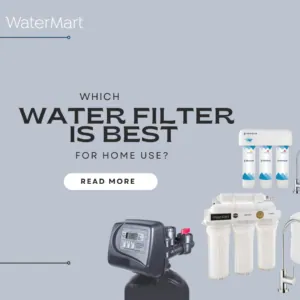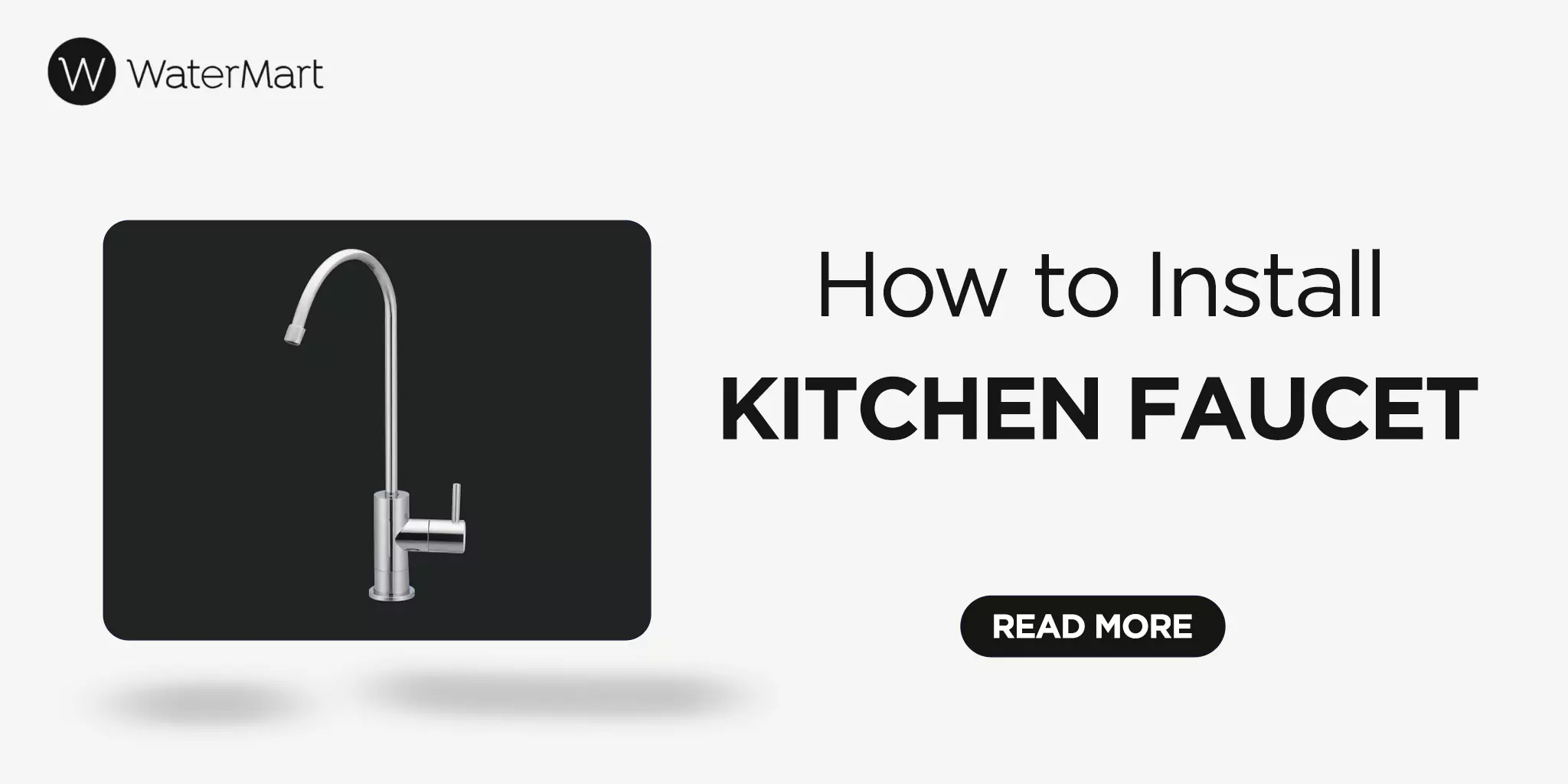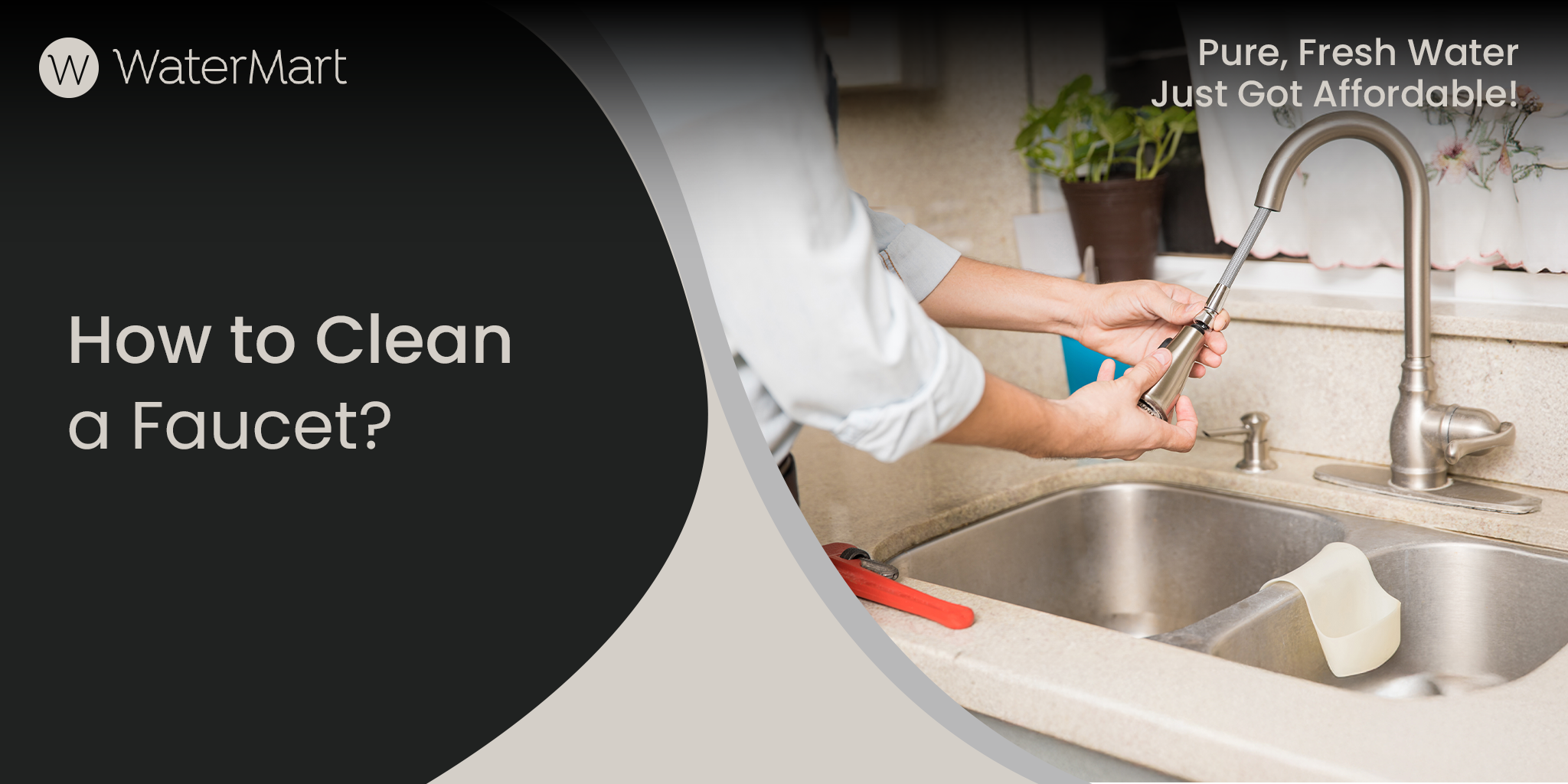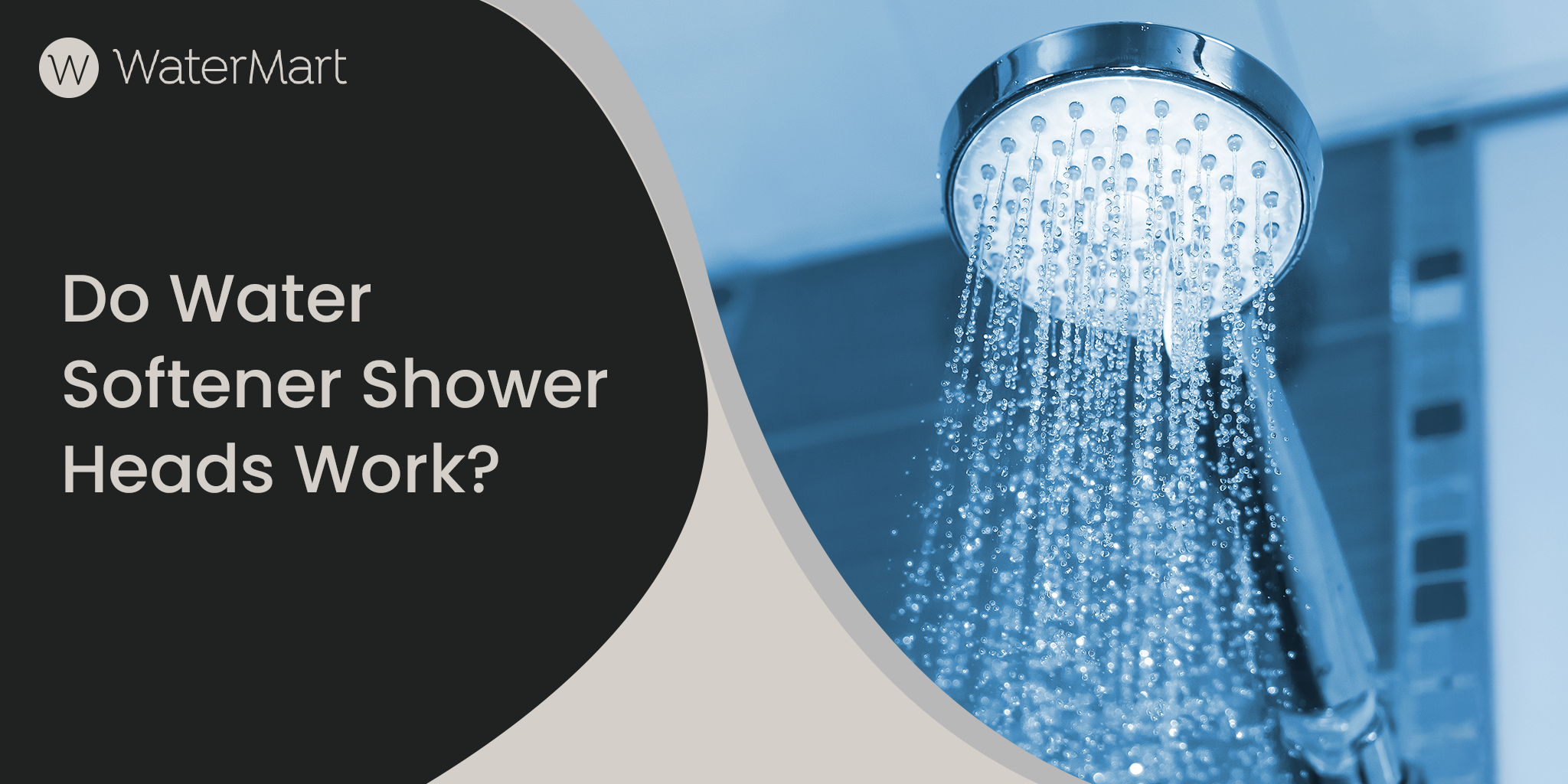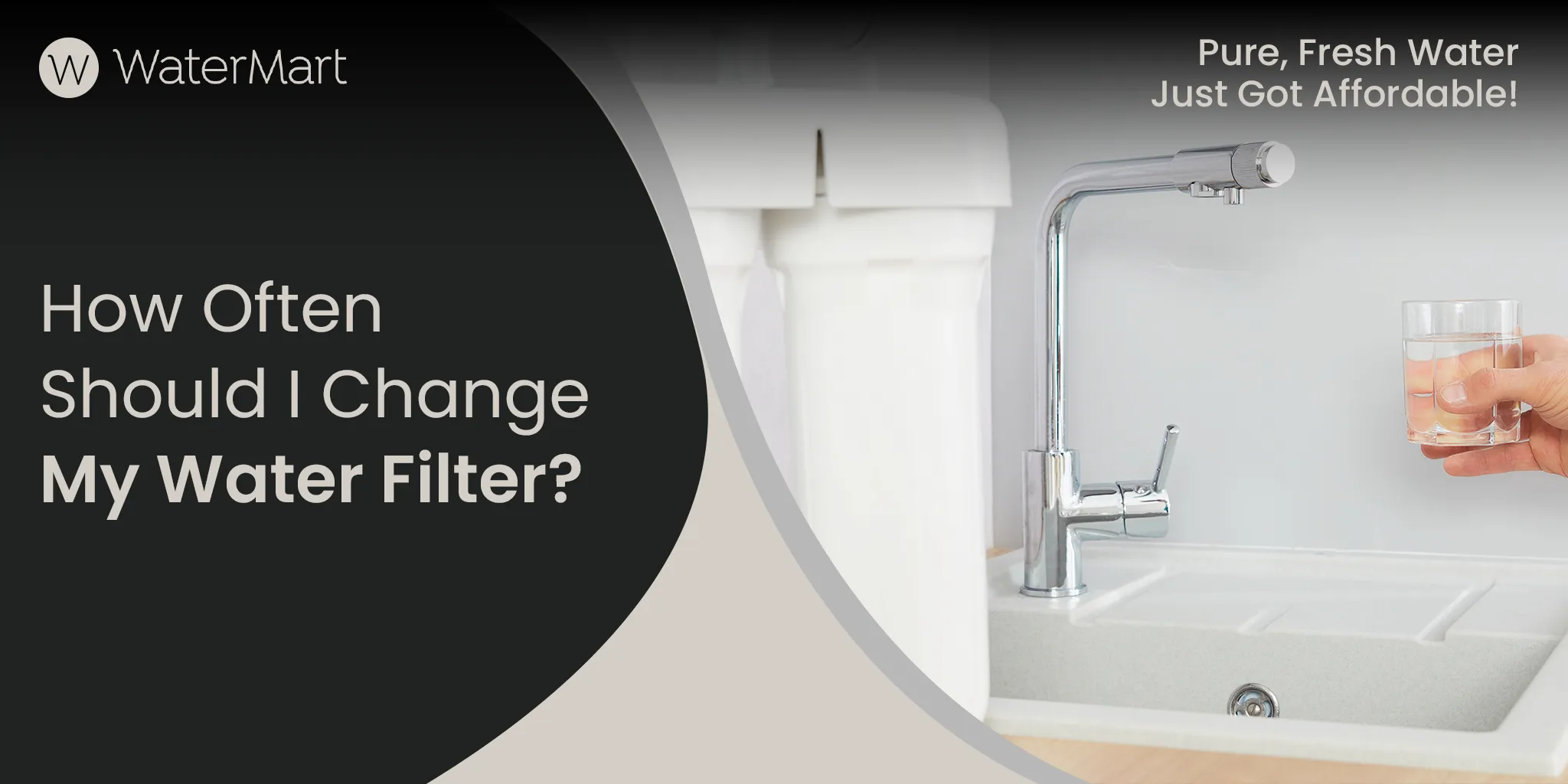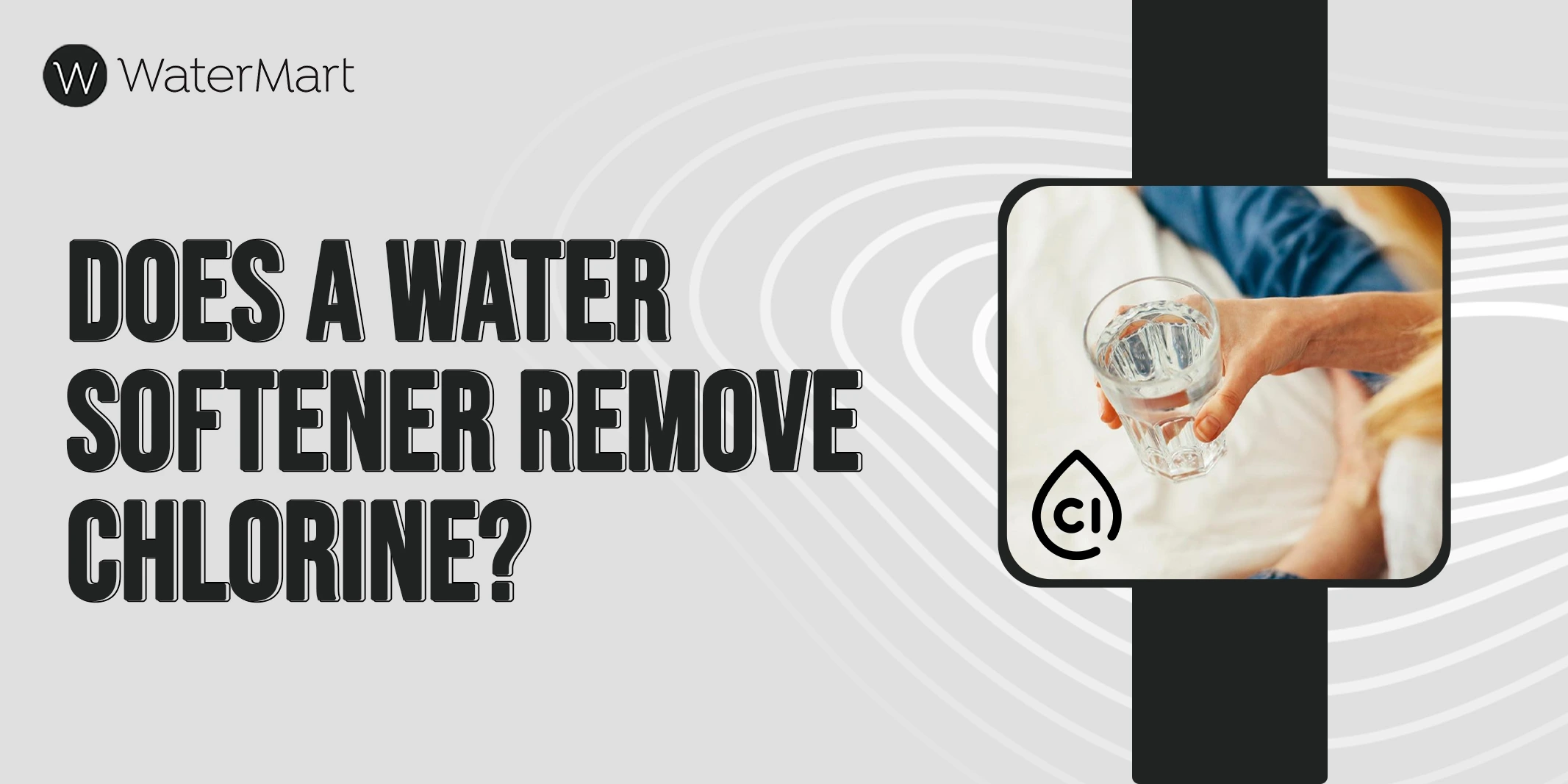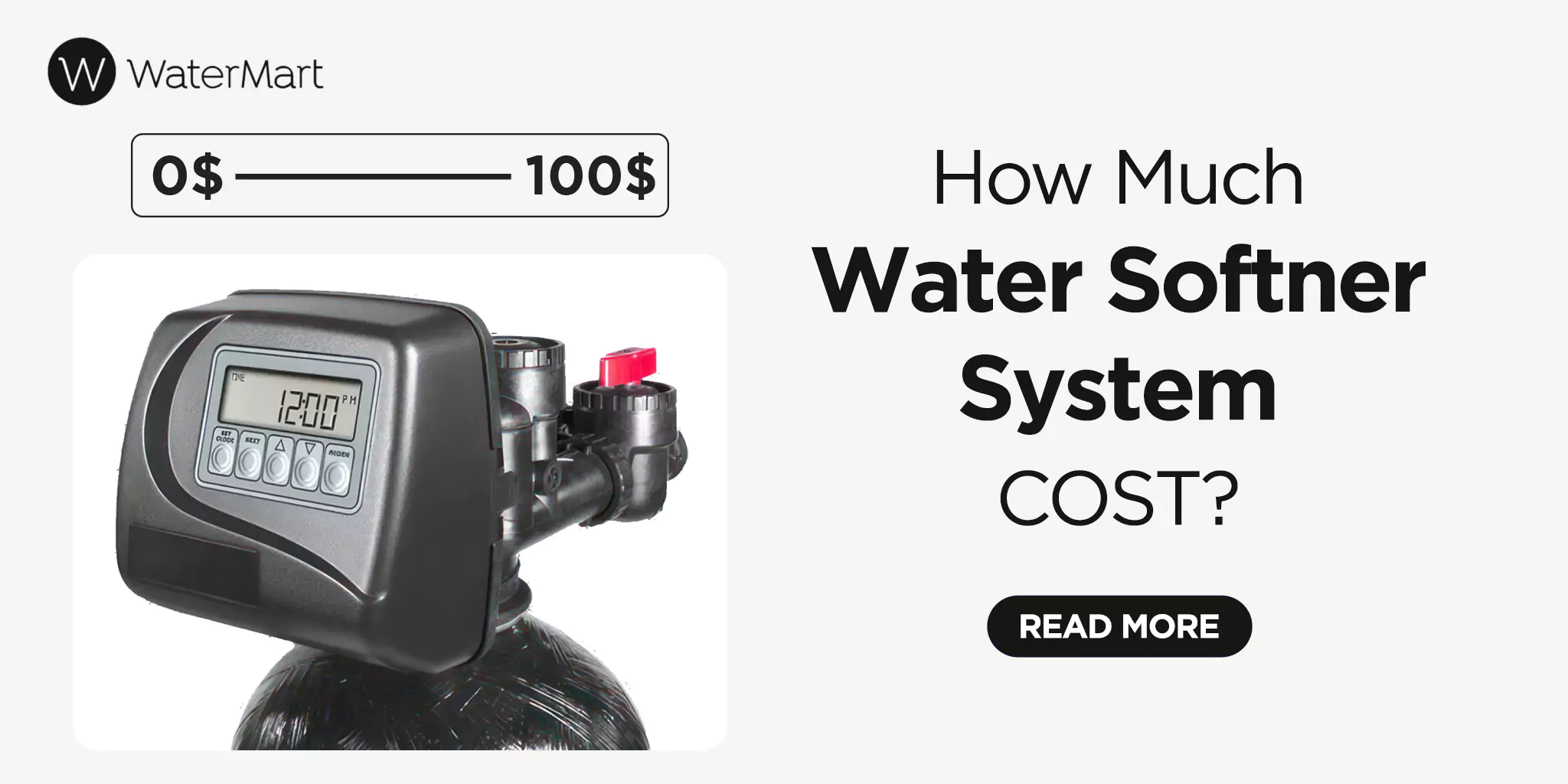Your cart is currently empty!
Which water filter is best for home use?
If you’re in the market for a water filter for home and have done any looking, you’ve probably found all kinds of systems at all kinds of prices. Some look archaic, and others look really high tech. And if you’ve asked for advice from different water treatment suppliers, you’ve probably heard a different recommendation from every person you’ve talked to. Frustrating, huh? Yes, it can be a challenging thing comparing water filters.
This guide is designed to help you sift through all the conflicting information, teach you which water filter is best for home use? how to choose a water filter and help you make an informed decision on the best home water filtration system. Use this guide as a shopping list that you can take from dealer to dealer and site to site to evaluate the merits of the different water filter types offered – and their advice. (It is not, however, designed to tell you what system to buy – as you’ll see as you read, a water treatment system is not a “one size fits” all appliance. Also, many different systems on the market may be appropriate for you. And so, to give a sweeping recommendation would show a lack of objectivity).
Here’s what I’ll cover:
- Some health-related decisions you have to make.
- An “apples to apples” comparison of the components that most water systems have in common.
- Some of the common sales “tactics” used by water treatment dealers.
- What certifications water treatment systems should have.
- What credentials a water treatment dealer should have.
- What you should expect to pay for a quality under-sink water filtration system.
What type of water filter do I need and which one is the best?
There are three leading schools of thought to consider when asking yourself, “What kind of water filter do I need?” and “Which water filter is best?”
Reverse osmosis water system are very popular these days. They yield very pure water. To help you understand what I mean by “pure”, let’s first look at what a Reverse Osmosis System reduces and then compare it with other approaches. (Note that I will only say “reduce” instead of “remove” because no water system can completely eliminate all chemicals. Perfectly pure H2O is a theory – but not a reality).
Reverse osmosis systems minimize the presence of particulates like sand, silt, dirt, rust, asbestos, and other physical contaminants that usually come from old plumbing supply lines. It also reduces chlorine, chloramines, and chlorination by-products.
The water filter system also reduces the amount of organic compounds, including pesticides, herbicides, pharmaceuticals, hormones, and cosmetics, also referred to as “emerging contaminants”. Furthermore, it cuts down on heavy metals such as lead and mercury.
Finally, reverse osmosis systems reduce the levels of inorganic compounds in water. This aspect is somewhat controversial because, while inorganic compounds include harmful elements like arsenic, cyanide, nitrate, and nitrite, they also include beneficial ones like calcium, magnesium, selenium, copper, and zinc.
There are two prevalent viewpoints about reverse osmosis. One group argues for maintaining some minerals in water for their health benefits, even at the risk of minor contamination. Another group prefers removing everything from water due to the current degree of chemical contamination and obtaining necessary minerals through diet or supplementation.
Furthermore, reverse osmosis water is slightly acidic due to the proportional reduction of minerals, which can be concerning given the health buzz around “alkalinity”. (If this is a concern, consider the following two approaches).
The second school of thought recommends reverse osmosis followed by a filter that reintroduces some minerals into the water. Two options exist here: a filter that adds calcium bicarbonate, neutralizing the water’s pH, or a filter that reintroduces multiple minerals, such as Calcium, Magnesium, Sodium and Potassium, raising the water’s pH to about 8 to 8.5.
The third school of thought is the Filtration System approach (as opposed to reverse osmosis), which uses all filters from the Reverse Osmosis System, excluding the reverse osmosis membrane. This approach reduces particulates, chlorine, chloramines, chlorination byproducts, and organic compounds and even heavy metals but allows all other inorganic compounds through, including beneficial minerals and potentially harmful ones like metals-based drugs, cyanide, and nitrate (albeit these are most often in non-detectable levels in drinking water).
People opting for this approach prefer to risk slight contamination for the benefit of naturally occurring minerals. It’s worth noting that this system doesn’t reduce fluoride, although a fluoride filter can be added.
So, the choices of water filtration types are:
- Reverse osmosis for the purest water, though it contains few minerals and has slightly acidic pH.
- Reverse osmosis followed by a mineral reintroduction filter for pure water with added minerals and an alkaline pH.
- A multi-stage filtration system for slightly less pure water but with all the naturally occurring minerals and neutral or slightly alkaline pH.
As you can see, there is no one answer to the best type of water filtration – it’s about what suits your specific needs and beliefs.
1. Health stuff
As I said earlier, a water filtration system is not a “one size fits all” appliance – there are many types of water filters and just because your friend swears by her water system does not mean it’s a good fit for you. One reason is that not all neighbourhoods supply the same water quality. But more importantly, selecting the best tap water filter method for you is a health-related decision. And not everyone shares the same perspectives about what is “good for you” or shares the same health concerns. In other words, there is no single answer about which water filter is best for home.
A water treatment dealer should ask several subjective, health-related questions. And the answers you give should directly influence the recommendation he or she makes. I think these questions are the most important:
- What are your concerns with your water?
- Are you willing to remove all minerals from your water so that it is really clean?
- Are you concerned about how alkaline or acidic your water is?
- Do you want to remove the fluoride from your water?
- Are you personally concerned about bacteria in municipal water?
Not everyone would answer these questions the same way. And it’s important you take time to answer them carefully – do your research. Talk to a doctor or natural health practitioner that you trust and get their opinion. Remember that a water filtration system is a long-term commitment and that you must be comfortable with your decision. Only after you are armed with your answers should a water system dealer have enough information to make an intelligent, personalized recommendation.
A relevant footnote here (and this may be news to many of the salespeople in water stores): They are not health professionals and are therefore not qualified to answer these questions on your behalf. The salesperson’s responsibility is to ask the right questions and give the appropriate recommendations. Nothing more.
And that’s the first tip: Beware of the salesperson who recommends a system without asking you these questions. Or worse, tells you what your body needs or does not need from water. If a dealer does so, it illustrates either ignorance of these issues or a desire to sell you something that may benefit his company more than you.
2. The guts of the operation: Types of water filter cartridges – what are the recommended water filter cartridges?
The filter cartridges in a water system make all the difference. These are what determine how clean the water will be. However, most of us need to figure out what to look for when comparing water filters or how to differentiate a good water filter from a great water filter (they all look pretty much the same).
The unfortunate result: There are many different types of water filter cartridges, which is often where manufacturers will cut corners. They figure there is no sense in putting the highest quality materials here if no one knows the difference. The result is that often the water could be cleaner.
In 25 years of being in this business, I’ve seen hundreds (yes…actually hundreds) of dealers and manufacturers come and go. And as a result, I’ve seen hundreds of people stuck with systems they can no longer find filters for. Or the filters have become prohibitively expensive. I’ve also seen a new trend – larger manufacturers gradually phase out one size/type to entice you into buying a whole new system.
The moral is that standard-sized filters are absolutely essential. Having standard-sized filters means that regardless of changes in makes and models, you will always be able to find replacements. Also, if the dealer you are using charges an unreasonable price or goes out of business, you can always go elsewhere. Finally, standard-size filters are so common that all new filtration technology is built into them – so you will never end up with an obsolete system.
In our industry, standard-sized filters are known as “10×2 double open-ended”. As the name says, these filters have a hole at each end. The actual dimensions, though, are roughly 2 7/8 x 9 1/2 (this can vary slightly according to make and model. 10×2 is just the conventional name).
A word about sanitation as it relates to filter cartridges
Something that is rarely mentioned by dealers is the requirement of system sanitation. Standard-size filters ensure that you will be able to sanitize your system properly. What do I mean by this? Why is this necessary?
On a city water supply, it’s pretty unlikely that the average family will use enough water to saturate a set of high-quality filters in a year. However, they should be changed every year, and the system should be properly sanitized in order to avoid any bacteria growth in the system.
Just to head this off: One may think that if your water source doesn’t contain bacteria (which the vast majority of municipal supplies do not), it would be impossible for it to grow in a water system that treats this water. This is not the case. Why? Because carbon filters (which all systems contain) cannot be disinfected initially (if you add any kind of disinfectant into carbon, it will just consume that disinfectant and destroy the filter). This means that there is a tiny amount of harmless bacteria in the system to start with. Depending on system maintenance and filter quality, this bacteria will grow to a greater or lesser degree.
This bacteria grows because every water system on the market reduces the city-added chlorine early in the process, and chlorine prevents bacteria growth. So with chlorine gone, that small amount of bacteria is free to grow inside subsequent filters. The growth is called a “heterotrophic plate count” (a very high-brow set of words meaning non-disease-causing bacteria).
If the system is not properly maintained, it can grow to high levels, and there is some research that shows it may cause symptoms such as stomach upset, diarrhea & malaise. To help prevent this, one should make sure these filters are changed regularly and that the system is properly sanitized every time this is done.
Standard-size filters allow easy sanitation: The filters are removed, the housings are washed out, a small amount of sanitizer (we use 35% food-grade peroxide) is added to the empty housings, the system is sealed, and the water supply is re-opened, which flows this sanitizer through all the tubing, tanks, filter heads, etc. The water gets shut off in order that the sanitizer can do its work. Then the filters are re-introduced.
The modern trend is to use “twist and pull” filters – super easy to change: Twist off, throw it away, twist another one on, and you’re done. What this ignores is that the growth I talked about earlier grows
Are there any signs of when they should be changed, like taste or flow? No. After a year, you will not likely notice any difference in taste, odour, colour or flow. This is because it is very easy for a system to remove taste, odour and colour for a long period of time after the water has potentially become less healthy.
What type of sediment filter(s) do your systems have?
These are usually the first filter(s) in any water system. As the name says, these filters are responsible for any sediment, such as asbestos, aluminum, dirt, silt, rust, etc.
Sediment filters are usually made from one of three different materials. These are:
- Cotton
- Nylon
- Polypropylene
Also, they come in a myriad of pore sizes – usually 20, 10, and 5 micron.
A good quality sediment filter is a “5 micron cold spun polypropylene depth filter” (see the picture below):
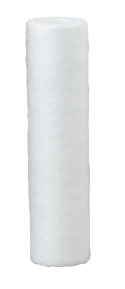
A typical 5 micron cold spun polypropylene depth filter
I know the name is a real mouthful. But here’s what it means:
- 5 micron: This is simply the size of most pores in a given filter. In my experience, a quality 5-micron filter will easily last the average household for at least a year before clogging. And having this smaller pore size protects the more expensive downstream filters.
- Cold spun: held together by virtue of the “clinginess” of the material – not by heating. This gives a filter a “sponginess” and contributes to its’ depth (I’ll explain this below). A quality sediment filter will feel “spongy” in your hand. Also, it should look like a solid tube (like the one above) – stay away from anything that looks like a roll of string.
- Polypropylene: This is the only material that doesn’t require glues and anti-static agents to hold it together. In other words, it won’t allow these things to leach out into the water.
- Depth filter: Water hits the outside circumference of a standard filter first and then makes its way through to the centre. The word “depth” simply means that the pores in the filter get progressively smaller as the water makes its way toward the middle. This way, the larger particles get trapped on the outside, and the smaller ones get trapped more toward the middle. (This is opposed to “surface” filters whose pore size is uniform throughout the body of the filter. Dirt just accumulates on the surface of this filter (thus the name). Because of this difference, surface filters have a much lower capacity than depth filters and must be changed much more frequently).
I usually use GE Puretrex sediment filters, but several brands are available.
What type of carbon filter(s) does your system have?
Carbon filters reduce organic contaminants in the water (such as pharmaceuticals, hormones, cosmetics, pesticides, industrial petrochemicals, etc). They will also reduce chlorine and chlorination by-products. Also, if you are using a system that does not contain a reverse osmosis membrane, you should ensure that at least one carbon filter in your system is impregnated with a media for removing lead. There are 3 popular formats of carbon on the market, these are:
- Granular activated carbon (or “GAC”)
- Powdered activated carbon (or “PAC”)
- Extruded carbon block
All carbon filters in a system should be “extruded carbon blocks”. (Extrusion is the method used to make pipes). Extruded carbon blocks have a mesh on the outside and are a solid carbon tube on the inside (like in the pictures below):
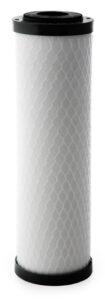
This is water extruded carbon looks like on the outside.

And this is what you’ll find on the inside.
Extruded carbon has several advantages:
- It has more surface area than the others. This gives you more contact time with the water, and they are, therefore, more effective.
- It has a very condensed pore structure (the maximum size you should have is 5 microns for a filter early in the process and a minimum of 1/2 micron at the end of the process). This way, they don’t promote the easy growth of naturally occurring non-pathogenic bacteria inherent to carbon (I’ll explain more about this below).
- There is no way that they can “channel” – no small rivulets will form, allowing some water to go through the filter untreated. This often happens with granular activated carbon.
- They have a longer life than the other formats (sometimes up to four times as long).
I personally prefer KX Technologies brand carbon blocks. But there are many good brands on the market.
Reverse osmosis membranes
If you choose to use a reverse osmosis system, it will contain a component called a reverse osmosis membrane. This is the component that reduces inorganic material from the water. Years ago, there were a couple of different membrane formulations (just to be thorough, one was called a “cellulose tri-acetate membrane,” and the other was called a “thin film membrane”). Today, however, virtually all membranes are thin film.
For the most part, all thin film membranes are created equal. However, capacity is one minor (and usually oversold) difference between thin film membranes. Membranes are rated at capacities of 24, 36, 50, 75 or 100 gallons per day. (Given the average Canadian water temperature and pressure, cut these ratings in half to get a true estimate of what they will actually produce).
In a home, however, this number is only relevant if you use a great deal of water (more than 2 gallons) at once. Using this much water will drain the reverse osmosis storage system, and you will have to wait for it to fill up. Membranes with a higher capacity rating will fill the tank faster. But unless you plan on making a great deal of spaghetti, boiled potatoes and rice at one time, the rated capacity of a membrane is irrelevant.
3. Questionable sales tactics
A truly unfortunate thing about the water business is that it is rife with unqualified, commissioned, water system salespeople who have access to an arsenal of misleading “tests”, gimmicks, convincing statements and flashy brochures. And because our clients have neither the time (nor should they have the inclination – this is why they trust the “professionals”), they can’t know they’re being misled. Here are some common things I see in this business to look out for:
Don’t use too many stages – more filters do not necessarily mean cleaner water
There is an understandable perception that the more “stages” or filters a system has, the cleaner the water produced will be. This is simply not the case. The rule of thumb is the following: Use as few stages as possible for each classification of contaminant (one for dirt, one or possibly two for organic contaminants, one for inorganic contaminants, etc). But be sure to use the highest grade filters possible. The reason is: The more filters a system contains, the greater the likelihood of microbial growth taking place within the system.
Avoid indicator lights
There are many systems available that have an indicator light on the faucet or elsewhere that supposedly shows when the filters are due to be changed. Although we carry these lights and sell them if clients insist, these should not be trusted. The vast majority of these lights indicate one of two things:
- The volume of water a system has produced
- The level of something called “total dissolved solids”
I’ll address both of these criteria separately.
- Let’s say a filter cartridge is designed to treat 500 US gallons of municipally treated water prior to changing. Now let’s say that a family of four uses that water only for drinking. And let’s say that every member of that family actually drinks the recommended 8 x 8-ounce glasses of water every day. This means that if they each drink the recommended 8 glasses of water every day of the year, they will consume 91 gallons during the entire year. In other words, it will take roughly four years for that indicator light to come on. This means that by the time the light tells them to change the filters, the amount of that bacteria I talked about earlier will reach “high school science experiment” levels.
- Total dissolved solids. (This indicator applies only to reverse osmosis-type water treatment systems). Total dissolved solids can be defined as mineral salts in the water. The reverse osmosis membrane is the only component in a reverse osmosis system that removes mineral salts – not the other filters. The membrane’s lifespan is anywhere between 3 & 5 years. This means it may be five years before the light tells you to change the filters. And again, by this time, we’ve grown all kinds of bacteria in the system.
There is no substitute for simply cleaning & sanitizing the system and changing the filters when the time comes to do so (In most cases, if your system contains high-quality filters and has been properly sanitized, this is once per year). Don’t trust the light! Also, many companies (like ours) will call you to let you know that your system is due for service.
The total dissolved solids (or TDS) test
Many water equipment salespeople will want to show you this “test.” It is a small pen-like meter dipped in water (see the image below)and displays some numbers. If it is dipped in municipal water, it will usually show numbers somewhere between 120 & 250 parts per million (depending on where you live). The dealer will often dip the meter into his or her water form their recommended water filter and show you a number that will be anywhere between 0 and 10. This is usually followed by a statement like; “See…look how much cleaner the water from our system is”. But what exactly does this meter measure?

A typical total dissolved solids meter.
Total dissolved solids readings are simply a measure of electrolytes – mostly naturally occurring minerals that conduct electricity. These are things like calcium, magnesium, copper, iron, zinc, etc. (Minerals that some would argue are good for your health – certainly not contaminants). Roughly 98% of all minerals (or dissolved solids) in Toronto municipal water are made up of calcium and magnesium. And most of the rest is iron, zinc, copper, etc. So a low dissolved solids reading means that there are fewer minerals – not necessarily that it is clean water. A case in point is that if you took water from a well in Antarctica, it would show a very high total dissolved solids count. Does this mean that it is dirtier than Toronto water, that only has a count of 140? Of course not.
Does this mean that the water the dealer is showing you is not cleaner than the municipal water? No, probably not. But just don’t be duped by a salesperson trying to convince you that this meter shows how much cleaner his or her water is than what comes out of the tap.
The precipitator test: the king of water treatment equipment sales scams
The salesperson fills a container with water and then immerses two electrodes. The unit is then plugged in. Slowly, a dark sludge begins to appear in the water. The salesperson then says; “look at the filth your family has been drinking!” (or some such thing).
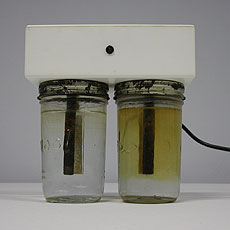
A typical precipitator test
Here’s what’s happening: As mentioned above, naturally occurring water contains minerals. These minerals can conduct electricity. When the unit is plugged in, current travels through these minerals from one of the rods in the jar to the other. One rod is made from a material that does not corrode easily (such as aluminum) and the other is made from one that does (such as iron). In the jar, you see iron oxide – iron being released into the water from the iron rod itself – not filth magically appearing from the water.
The Water Quality Association – our trade body has the following to say about precipitator tests:
“The Water Quality Association recommends against the use of the electronic (electrode) precipitation test as a means of demonstrating water quality. The electronic precipitator test causes a release of metal ions into the water, which form a precipitant that is clearly visible in the water. The mere appearance of this precipitant in the drinking water will lead the viewing consumer to question the quality of his or her drinking water, even though the presence of the precipitant has no relation to the water’s quality. Therefore, the likelihood is considerable that the use of the test will mislead the public.”
4. A word about NSF Certification
The National Sanitation Foundation (NSF) is a body that certifies both types of filtration systems and water filtration system components. The argument for using certified water filters and components is that they will meet some basic benchmarks. In my opinion, the NSF has done both a service and a disservice to our industry. On one hand, to have a product certified by the NSF, a product must achieve a minimum standard to back up its claims. This is great: It gives the consumer a tool to differentiate some higher quality components and systems from those of lower quality. However, there are two potentially problematic issues the consumer should be aware of:
- Some NSF standards are very low (A case in point is that those fridge-based water filter pitchers many of us use are certified by the NSF).
- The certification is prohibitively expensive – the most basic certification is more than $40,000.00 USD. This means that only large companies can afford certification. And because large companies (and please pardon the generalization here) are very concerned about the bottom line, NSF certification is often treated the same way construction companies treat the building code: Create types of water purification systems which do as little as possible to achieve certification and save money simultaneously. IE – cut corners.
So where does this leave the consumer? I advise ensuring that all components used in any given system are certified – this ensures everything meets at least a minimum standard. But it also allows a well-educated and experienced dealer to mix and match components to achieve what they feel are the best results.
If the system itself is certified as a unit, there is a good chance that the company that produced it cut some corners that may matter to you (the most common place to cut corners, as I said earlier, is in the filter cartridges). It may be a mistake to believe that just because a system as a whole is certified, it is superior to a system whose components are certified. More often than not, the opposite is true.
5. Look for qualified people with experience
Finally, be sure the person you are talking to has been in the business for several years and preferably has field experience as a water filter installation service technician. This way, you know that they’ve seen the equipment in action and know about it in more than a theoretical sense.
In conclusion, I hope this short guide has helped you determine which water filter is best for your home use. I also hope it has helped you navigate the masses of contradictory information offered by dealerships and the internet, and that it has allowed you to make some objective comparisons between different water systems.
Sincerely,
Dave Seagrim
President, Watermart
